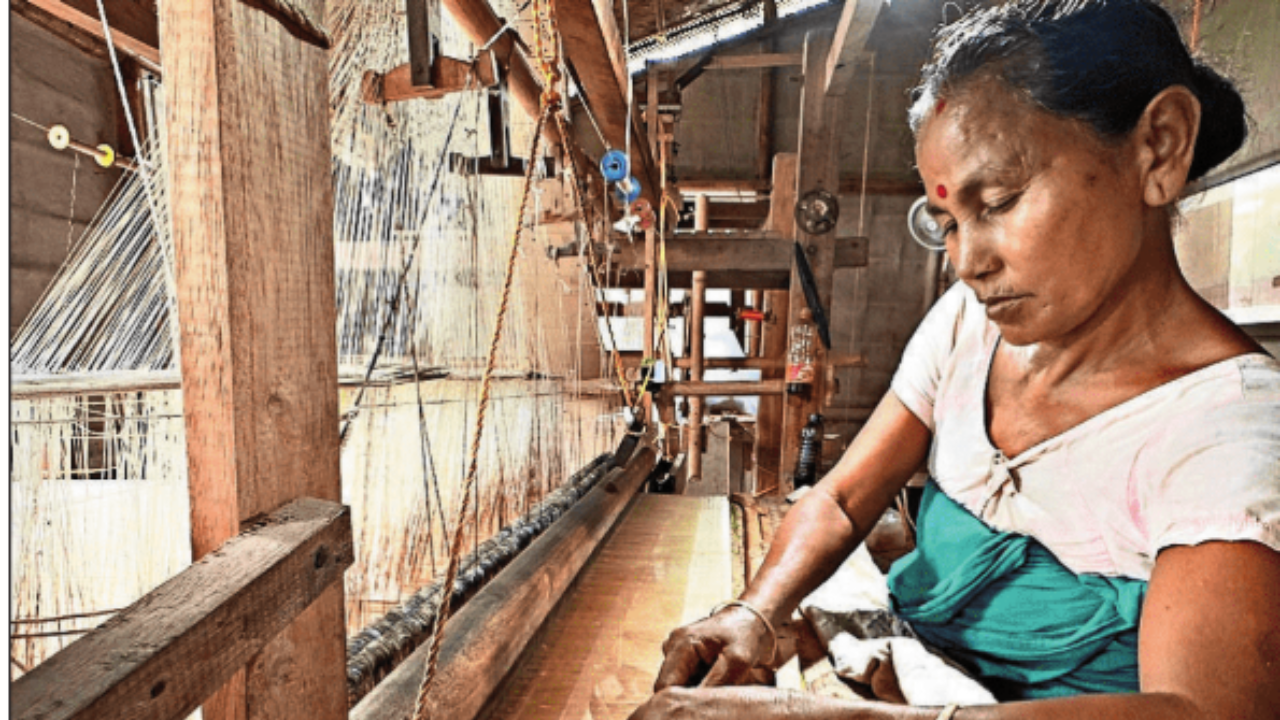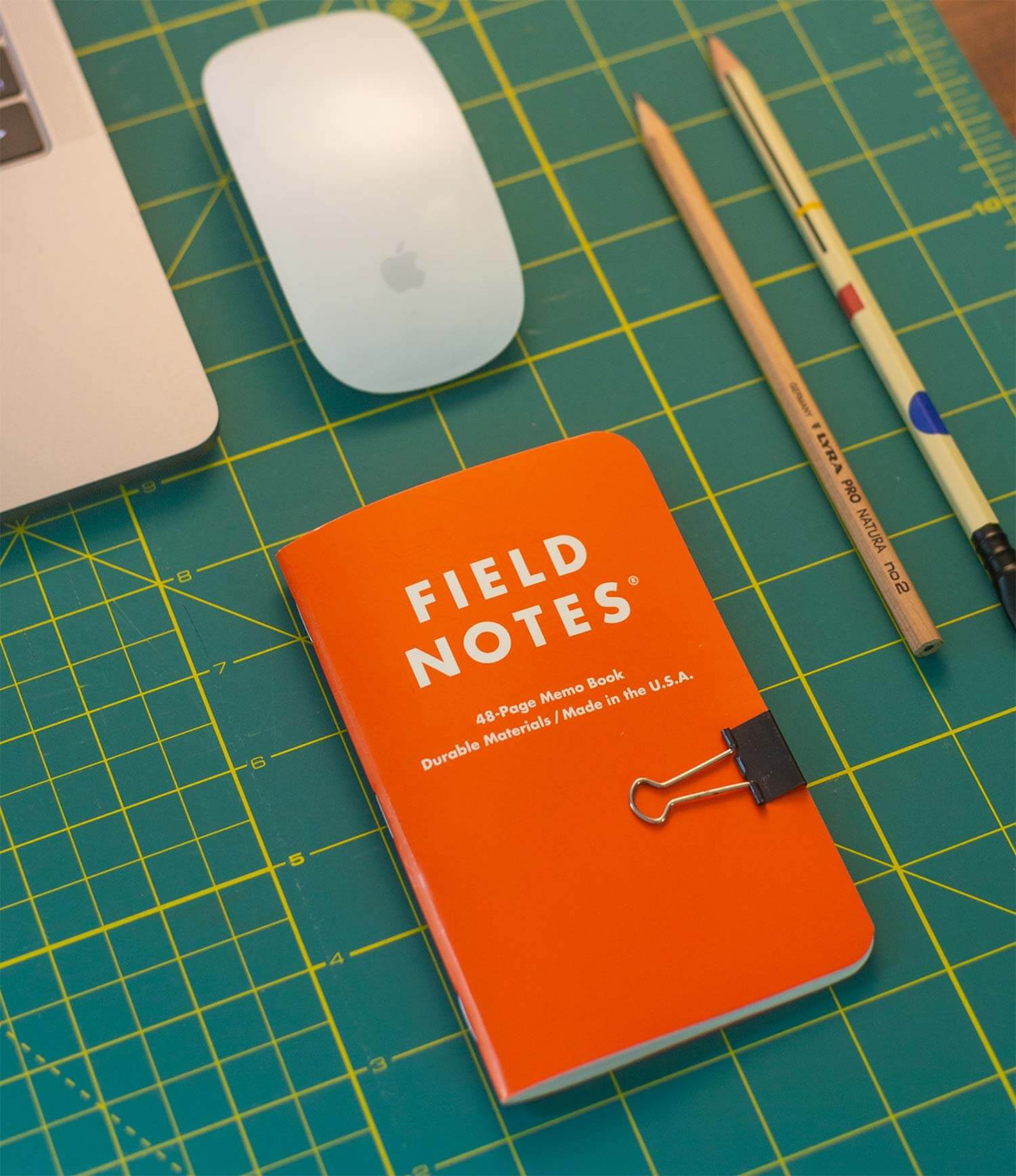Sualkuchi operates 12,000 handlooms, producing around 3 lakh sq m of silk fabric a year, and remains untouched by the clatter of machinesIn 1946, when Mahatma Gandhi set foot in Sualkuchi, a picturesque village nestled along the Brahmaputra near Guwahati, he was spellbound by the artistry of the local weavers, particularly the women. Their looms seemed to weave not just silk, but dreams, he felt. His words — “Assamese women weave dreams on their looms”, have lingered like the rustle of silk ever since.Nearly eight decades later, those looms are still humming. Sualkuchi remains one of the rare places in India where handlooms, not machines, dictate the rhythm of daily life.

Defying the industrial revolutionWhile many historic silk weaving centres across India have succumbed to the lure of power looms for economic gain, Sualkuchi, located 35km from Guwahati, remains a bastion of handloom tradition. This steadfast commitment to authenticity is a bequest of the village’s dedication to preserving its cultural heritage. Despite govt’s push for mechanisation in places like Varanasi and Kancheepuram, Sualkuchi’s weavers, supported by their community and loyal customers, have resisted, ensuring that the artistry of handwoven Muga and Pat silk remains untouched by the clatter of machines.This village, with approximately 50,000 people, produces three exquisite varieties of Assam silk — the golden Muga, the warm Eri, and the lustrous Pat — each derived from different silkworms. Within its 8 sq km, 12,000 handlooms work tirelessly, producing around 3 lakh sq m of silk fabric a year, valued at Rs 300 crore. But beyond the numbers lies something more fragile: a cultural identity woven into every strand of yarn. This cottage industry supports nearly 6,000 families, all intricately woven into the fabric of Sualkuchi’s identity.Dr Nihar Ranjan Kalita, an adviser to the Sualkuchi Tat Silpa Unnayan Samiti and principal of SBMS (Sualkuchi Budram Madhab Satradhikar) College, explains that the village’s handloom industry thrives because it is deeply embedded in the local culture. He says that the younger generation, drawn by the allure of fashion and style, actively participates in this age-old craft, ensuring its continuity. “There is societal pressure in Sualkuchi and Assam to keep the textile industry handloombased. The community understands the exquisite value of handloom products.”In Sualkuchi, wearing a mekhela chador (Assam’s traditional two-piece garment) made of Pat and Muga silk is a mark of prestige at weddings and festive gatherings. The village’s commitment to the handloom is so strong that the word “powerloom” is almost taboo, seen as a threat to the originality of their textiles.Kalita, who has explored various textile hubs across India, observes that while other centres focus on exports, Sualkuchi’s products are cherished domestically. This local focus, coupled with govt support for semimechanisation in allied activities, helps maintain the village’s handloom legacy.

Silk with a signatureThis guardianship of tradition is not without struggle. In 2013, when powerloom textiles and counterfeit fabrics began flooding the market, threatening to dilute Sualkuchi’s reputation, villagers rose in protest. Their agitation eventually led to the establishment of the Sualkuchi Silk Testing Laboratory. In 2017, its centuries-old weaving tradition earned trademark status. Now, entrepreneurs submit their products in the lab where every piece of silk is tested, certified, and tagged — with a QR code, a 3D hologram and the Silk Mark logo — if they meet the standards.With a quick scan, buyers today can verify a garment’s authenticity, trace its fabric details, and even discover the specific handloom and artisan behind the weave. The trademark seal, ‘Sualkuchi’s’, acts as both a brand and a shield, protecting these handcrafted treasures from counterfeiting.During TOI’s visit to the lab, the staffers were seen conducting three tests to confirm authenticity — burning analysis, microscopic crosssectional examination and chemical verification. The first test involves burning small thread samples to verify silk content; microscopic analysis identifies the specific silk variety, while chemical testing is performed when the first two examinations prove inconclusive.Assam is unique in producing all four recognised silk varieties in India — Muga, Eri, Mulberry, and Tussar. But it is Muga that sets Sualkuchi apart. The distinctive golden yellow silk, exclusive to Assam, comes from the Antheraea assamensis silkworm. It’s valued for its longevity and distinctive lustre.Eri, recognised for its even texture, is used in clothing and household items. In the Mulberry category, despite substantial demand for the yarn, the supply of the locally available Nuni pat variety is insufficient. Weavers often source Mulberry and Tussar yarn, a recent addition to the state’s silk portfolio, from Karnataka (Mulberry), Jharkhand, Odisha, and West Bengal (Tussar).Threads of historySualkuchi’s history dates back to the 11th century, when King Dharma Pala of the Pala Dynasty established it as a weavers’ village by relocating 26 weaver families from Tantikuchi in Barpeta. Royal patronage turned the village into a hub of silk weaving. During the 17th century, under Ahom rule, it had become Assam’s primary handloom centre. For centuries, its economy thrived not just on weaving but also on pottery, goldsmithing, and oil pressing — until the 1940s, when only the looms endured.Until 1930, silk weaving was concentrated within Tantipara’s Tanti community. World War II gave Sualkuchi its biggest push, as skyrocketing demand and prices prompted several Tanti families to establish commercial weaving units with hired workers.Struggles of continuityHowever, challenges like rising raw material costs, market instability, and limited cocoon availability have pressed Sualkuchi’s weavers hard. “Muga silk products of Sualkuchi have been the most precious. But inadequate supply of cocoons and high prices of yarn have confined the number of households producing Muga textile to about 50,” says Kalyan Kalita, an entrepreneur. “Once, Sualkuchi was known for Muga above all else. Now, few families can afford to produce them. ” The industry has seen shifts: Bodo weavers, mostly women, have returned home after peace talks, reviving traditional skills, and skilled weavers from Bengal found refuge in Sualkuchi post-Covid. This convergence of talent has reinforced the village’s handloom tradition.Weaver Binita Boro reflects on the enduring appeal of the craft: “Handloom cannot die. As a child, I watched my aunt weave dreams here in Sualkuchi. Now, as an adult, I am part of this enchanting village.”













